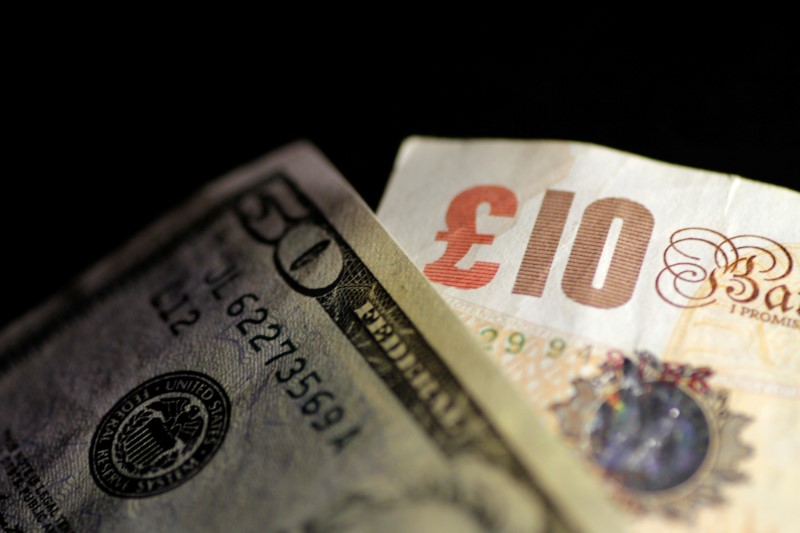
At 04:35 ET (09:35 GMT), the Dollar Index, which tracks the greenback against a basket of six other currencies, traded 0.1% lower at 105.960, just below the five-month peak of 106.51 touched on Tuesday.
The safe-haven dollar soared to a new high on Tuesday after Fed chief Jerome Powell indicated interest rates are likely to stay higher for longer as progress on reducing inflation was slower than had been earlier expected.
“Right now, given the strength of the labor market and progress on inflation so far, it’s appropriate to allow restrictive policy further time to work and let the data and the evolving outlook guide us,” Powell said, at a forum in Washington.
This view contrasts with his comments to a U.S. Senate panel, just over five weeks ago, that the Fed was “not far” from gaining the confidence in falling inflation needed to cut interest rates.
The greenback has seen some profit-taking Wednesday with bond yields dropping back from recent highs after the 2-year Treasury briefly touched 5.0% for the first time since November.
That said, “we’ll see how long U.S. equities can stay strong in this environment: a sell-off in stocks would be the final element for a perfect USD storm,” said analysts at ING, in a note.
“The risks remain tilted to further dollar gains, and DXY is eyeing the 107.00 October high.”
In Europe, GBP/USD climbed 0.4% higher to 1.2470, after official data showed that the U.K. inflation rate slowed by less than expected in March, adding to signs that a first interest rate cut by the Bank of England could take some time.
U.K. consumer prices rose by an annual 3.2%, its lowest in two and a half years, and down from a 3.4% increase in February.
However, the rate had been expected to drop to 3.1%, and this release served as a reminder that Britain’s fight against inflation was not yet won.
BoE Governor Andrew Bailey said last month there had been “further encouraging signs that inflation is coming down,” but he also said the BoE needed more certainty that price pressures were fully under control before cutting.
EUR/USD rose 0.3% to 1.0646, with the euro bouncing from its five-and-half-month low.
European Central Bank policymakers have continued to make the case for an interest rate cut in June as inflation remains on course to ease back to 2% by next year.
In Asia, USD/JPY fell 0.1% to 154.55, remaining near its recent 34-year high.
Data from Japan showed exports grew more than expected in March, aided chiefly by a weaker yen.
But persistent weakness in the yen put traders on guard for any potential intervention measures by the Japanese government, especially as several officials warned in recent weeks that they would not rule out any measures to stem yen weakness.
USD/CNY edged higher to 7.2370, little moved as markets digested Tuesday’s mixed economic data, while the People’s Bank kept its midpoint fix steady.
To read the full article, Click Here
